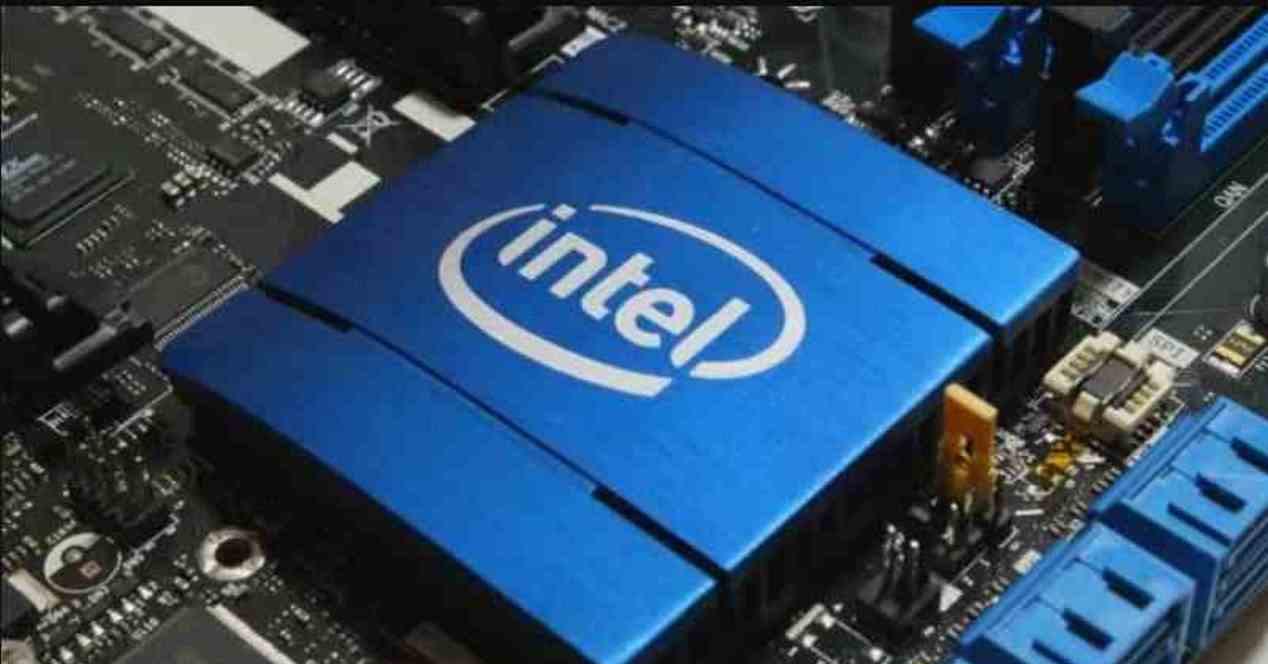Intel only left its new socket with two generations of processors, but the truth is that with the LGA1200 it has solved many shortcomings of its processors, especially from a global platform perspective. If it is already difficult to choose the plate model, the chipset is the final bid, so we will put white on black comparing them all.
Intel chipset for LGA1200 400 and 500 series, what’s new?
Although it seems obvious, Intel after the launch of AMD and Zen 3 had to put the batteries and make its claims more flexible with its chipsets, since they are behind in some sections, while in others they are ahead of their competitors.
Therefore, you need to unroll it first, then focus on the ranges / segments and their differences:
- Essential -> H410 and H510
- Mainstream -> B460, B560, H470, H570
- Enthusiastic -> Z490 and Z590
As we can see there are 8 chipsets available and the differences will vary between ranges.
Intel H410 vs H510 chipset: the low end hardly undergoes any changes
By comparing these chipsets, we will see that the differences are minimal, that is to say that Intel does not seem to have wanted to risk too much with them, especially with the new H510. It is true that now we can connect an NVMe SSD through an x4 line and we have support for Intel Optane, the truth is that the changes are reduced in addition to these with the inclusion of the AX201 module for Wi-Fi 6 and another feature that does not seem to be used too much: RAID 0,1,5 and 10.
What can be useful is the more RAM the cards can now support. It’s a bit controversial, although the support as such comes from the IMC, the card is the one that supports it by firmware, so if we have an H410 model, we might not receive the upgrade. firmware for 128 GB. On the other hand, the H510 already supports BIOS on all motherboards, as standard.
The general public range is tightening
There are four chipsets that we will have available and as such the options are more varied and we will have to highlight more sections. Starting with the obvious that here we have two channels of RAM available for installation and with them the 128 GB that Intel promised at the time, the reality is that the 500 series will get one more improvement over the 400 of this section.
And this is nothing more than the unlocked support of RAM memory, which will be done through the BIOS and logically the cards with B560 and H570 should cost a little more than their counterparts in the 400 series. And here the differences begin to happen, since the 500 series has some interesting details, such as USB 3.2 Gen 2 and most of them.
As a counterpoint, the B560 has fewer PCIe lanes available than its counterpart (16 vs 12), so the minor differences are really between H470 and H570, since everything is based on the latter two in USB, overclocking in RAM and having up to 16 direct lines for PCIe 3.0, which is always appreciated.
The passionate range also undergoes few changes
The older brothers really disagree with each other over who dominates the other. And is that the fight between Z490 and Z590 is fierce, since the two nail almost any spec. Among the changes, it should be noted that Intel wanted to make the Z590 more versatile by giving it a larger configuration in PCI Express, which will be great if you want to do a RAID 0 of NVMe SSD for example.
But it is this safeguard of this detail that for many may be important, the only improvement is that Intel has provided its new high-end chipset with a configuration of three USB 3.2 Gen 2 × 2 at 20 Gbps, something that everyone the manufacturer will have to see if he finally includes it or not.
Here it is not possible to generalize, because it is something that has a high cost and less efficiency, so the AIBs will decide to finally include it in their high-end models.
Considering the data, which chipset should we choose for our new PC?
It is really difficult to answer something like this, because although we have explained the differences, we have not explained what the PC will be used for and especially if we are going to overclock the processor now or in the future.
This is important because it is the differentiator of the Z range from the rest of the ranges on the market. Therefore, if overclocking is not in your plans and you don’t need as many USB or PCIe lanes for SSD, you might be better off opting for the Z series and switching to chipsets. back.
Here it is clear that those in the 500 range are much more attractive, mainly due to the support for memory overclocking, which indirectly allows us to increase the speed above those 3200 MHz than Intel scores with its IMC. Between ranges H and B, the differences lie in the number of PCIe lanes and the greatest number of USBs.
This is obviously a totally personal option, but we have to look to the future with the model of plate we choose, because not all exploit its characteristics. Finally, the H series, a fairly limited series that does not like the typical desktop or desktop PC. No dual channel, limited in RAM, PCIe lanes, USB and in the case of the H410 without Wi-Fi module number AX201 or RAID support over SATA.
As we say, the claims and needs will vary look towards some models and others, which can be very different, but at least we know what they can include in general.
Table of Contents













